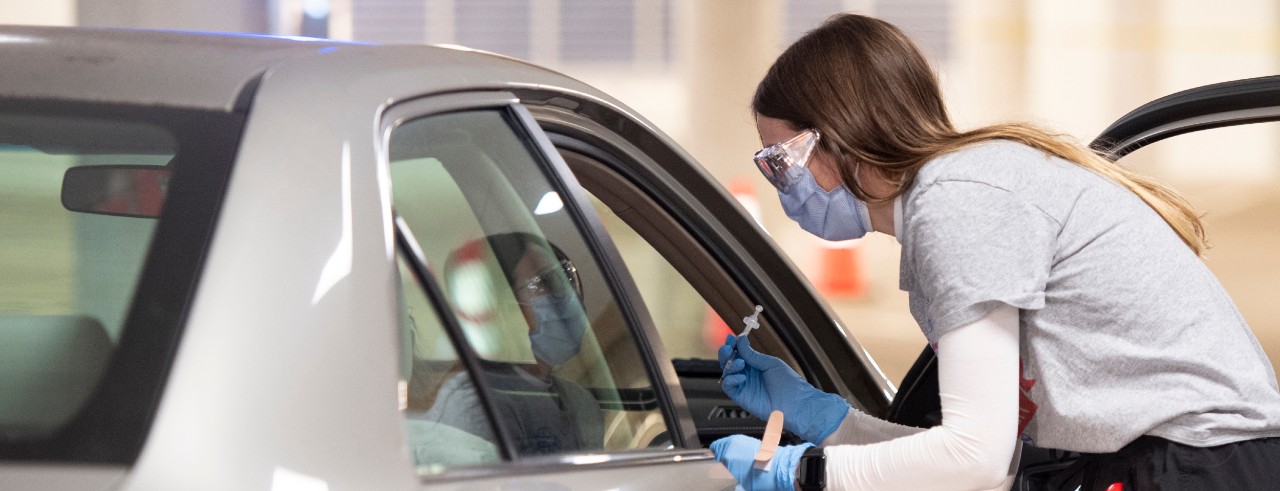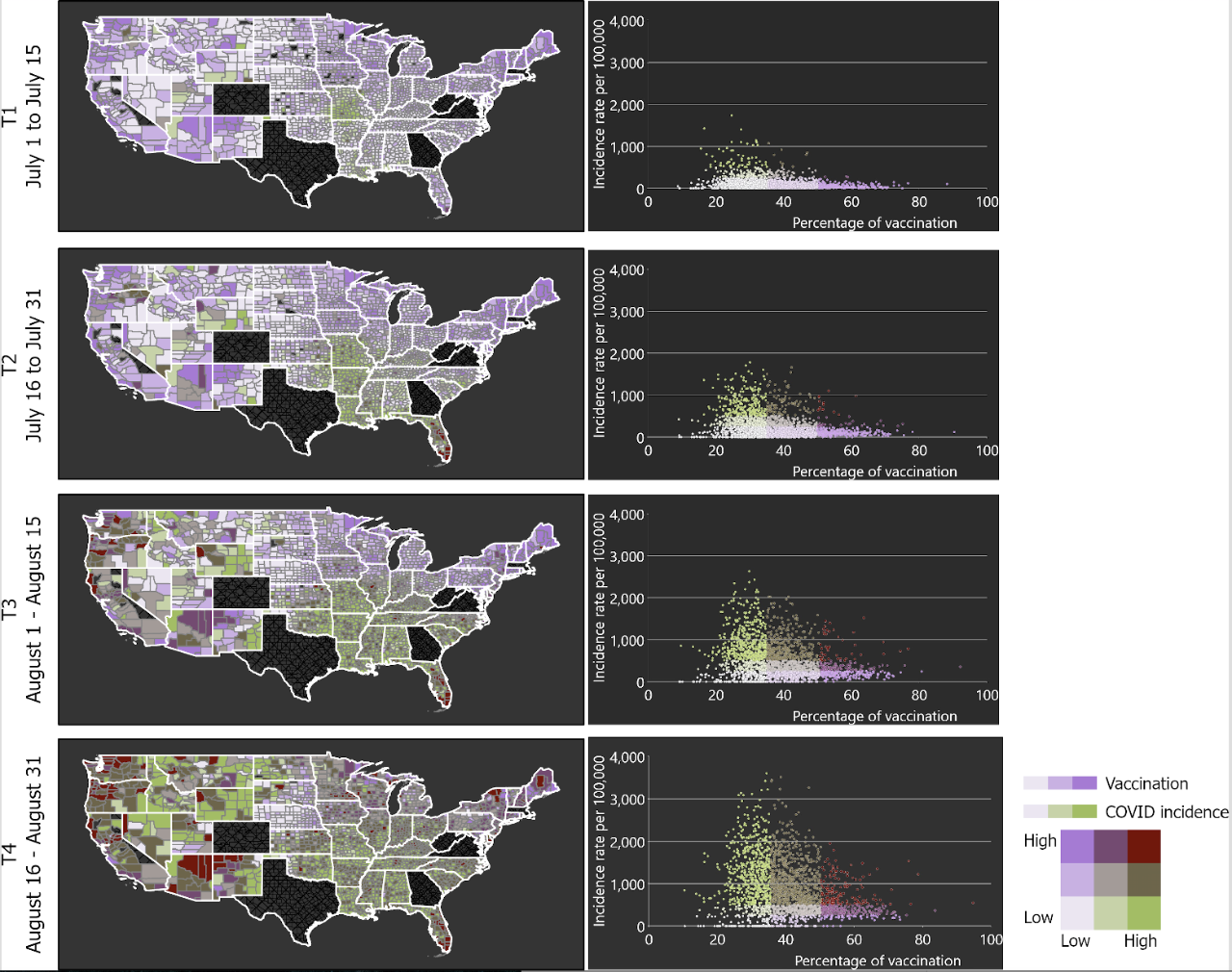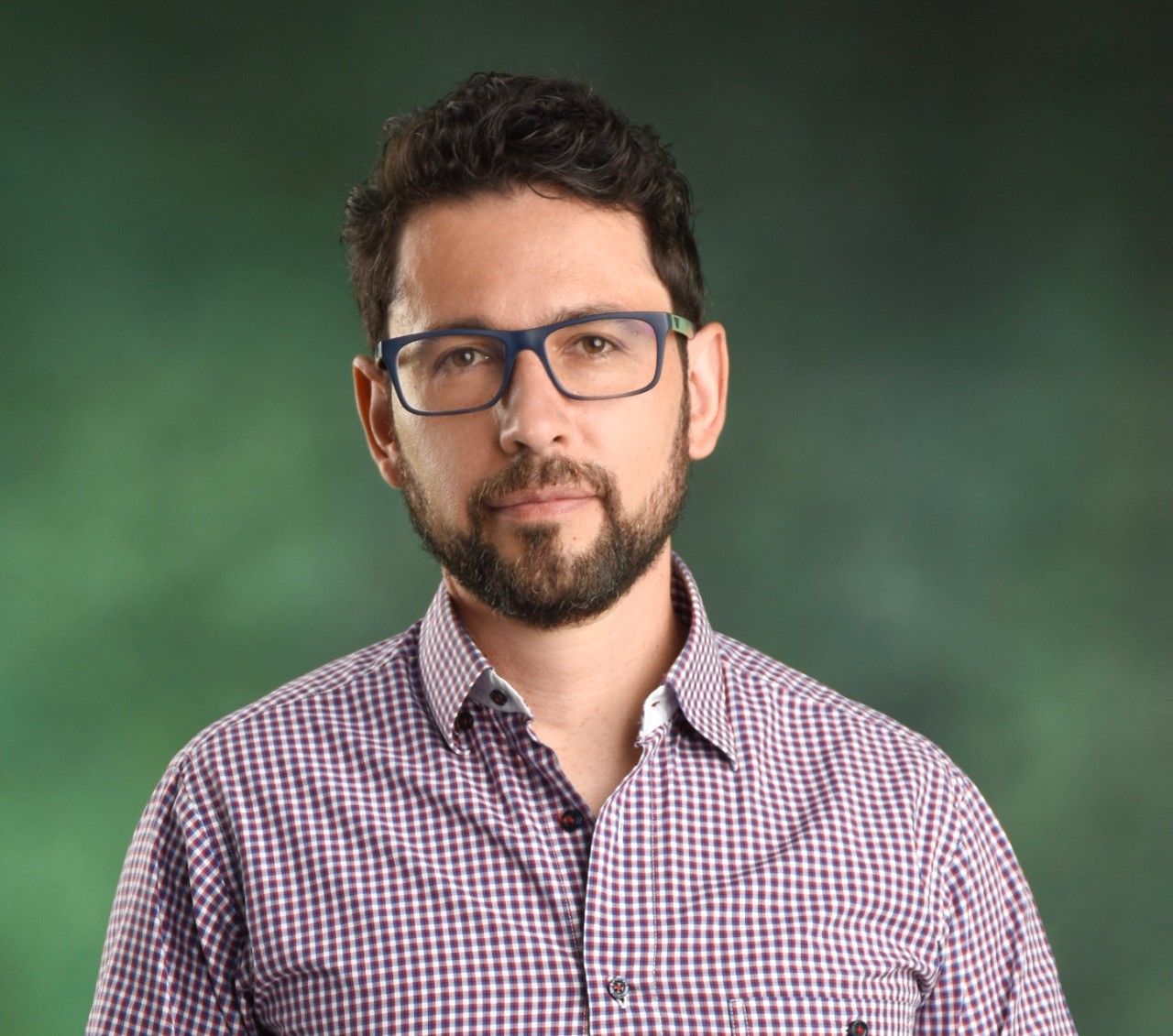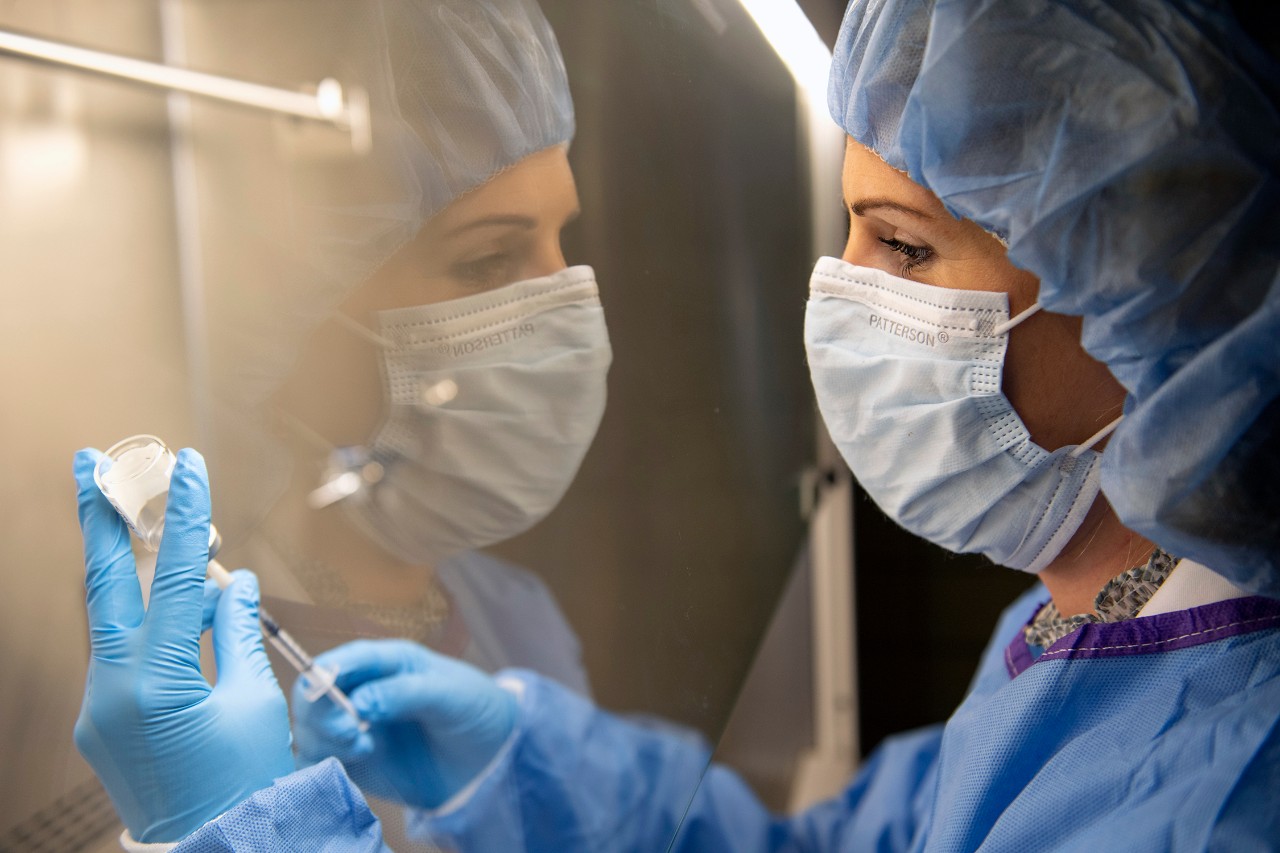
Third COVID-19 wave hit rural America especially hard
Rural counties saw 2.4 times more COVID-19 infections per capita compared to urban ones
The third wave of the COVID-19 pandemic in the summer of 2021 spread far faster in rural America, much of which has low rates of vaccination.
A new study led by the University of Cincinnati found that rural counties had 2.4 times more infections per 100,000 people than urban areas between July 1 and Aug. 31, 2021, when the delta variant surged across the United States.
About 82% of rural America has a vaccination rate lower than 30%, according to data collected from the Centers for Disease Control and Prevention. Conversely, rural counties accounted for just 131 of the 376 areas with vaccination rates of 50% or more.
Unlike some countries, the United States has a lot of variation in vaccination rates from state to state and county to county. So understanding where vaccinations are lagging could help government and health agencies address vaccine hesitancy and shortfalls in health care, UC epidemiologist and lead author Diego Cuadros said.
He is director of UC’s Health Geography and Disease Modeling Lab.
Areas with low vaccination rates experienced a more intense surge of new cases during the third wave of the pandemic in the United States, driven primarily by the delta variant, according to COVID-19 infection data collected by Johns Hopkins University.
The study was published Feb. 10 in the journal JAMA Network Open.

Bivariate maps illustrate the spatial change in the association between vaccination rates and new COVID-19 cases per 100,000 people at the county level in two-week intervals in July and August of 2021. Scatterplots indicate the association between these variables in each county. Purple indicates high rates of vaccination while green indicates high rates of COVID-19 per 100,000 people. (Colorado, Georgia, Texas, Virginia and West Virginia were omitted because vaccination data was incomplete.)
Rural areas in the United States face many challenges responding to the pandemic, including less access to health care compared to urban areas.
“We found that infections from the delta wave increased much faster in low-vaccination areas. Not only did we have more cases per capita in low-vaccination areas but the epidemic infection spread much faster compared to high-vaccination areas,” said Cuadros, an assistant professor of geography in UC’s College of Arts and Sciences.

Diego Cuadros. Photo/Provided
“Our study underscores the importance of vaccination to mitigate the rate of spread of COVID-19 in the United States,” said study co-author Phillip Coule, MD, associate dean at the Medical College of Georgia at Augusta University.
“Although we have long known that the COVID-19 vaccine is safe and effective, this study concludes that communities with higher vaccination rates have slower rates of community spread when an outbreak of COVID-19 does occur,” said Coule, vice president and chief medical officer for Augusta University Health System.
UC’s Cuadros said some people have a fundamental misunderstanding of vaccines, which are designed to help the body’s immune system fight infection.
“They think it’s an invisible shield that protects you against the virus. That’s not how it works,” Cuadros said.

UC Health pharmacist Mary Burns works on the Moderna vaccine trial in 2020. Photo/Colleen Kelley/UC Creative + Brand
Vaccinated people can still contract the virus, sometimes called “breakthrough cases,” but for most people the vaccinations boost the immune system to prevent catastrophic illness that can lead to hospitalization or death.
Former UC College of Pharmacy Dean Neil MacKinnon, now provost at Augusta University, said knowing which areas have low rates of vaccination can help policymakers and health advocates steer efforts to improve access to health care.
“This tells us something powerful,” MacKinnon said. “Rural areas in the United States have faced many challenges responding to the pandemic. Important studies like ours are vital to understanding these areas characterized by vaccination hesitancy and vaccine availability to address concerns in the future.”
Now researchers are studying the impact of the omicron variant this winter. Preliminary data, which were not part of the published study, suggest this variant, known for being highly contagious, spread more quickly in congested urban areas. But since far more people per capita in these counties were vaccinated, fewer people in urban areas have died compared to rural areas where vaccinations are lagging.
“Omicron is more infectious than delta and started spreading in highly connected urban areas,” Cuadros said. “Most infections are concentrated in high-vaccination areas.”
While the latest surge of infection is worse in urban America, omicron is still wreaking havoc on the health of rural America, causing more per capita hospitalizations and deaths there than in urban areas.
“Vaccination still protects you from complications from infection, hospitalization and death,” Cuadros said.
Scientists and medical professionals need to do a better job explaining the science to the public to help overcome vaccine hesitancy and restore trust, Cuadros said.
“Science is dynamic. We’re always working to develop the best strategies based on what the data tells us,” he said.
Featured image at top: UC College of Pharmacy student Kaitlin Kuznacic administers COVID-19 vaccinations during a UC Health mobile vaccination drive in January of 2021. Photo/Colleen Kelley/UC Creative + Brand
UC research tackles COVID-19

UC engineering students helped design better-fitting facemasks. Photo/Ravenna Rutledge/UC Creative + Brand
Beating COVID-19 with big data
UC part of CDC grant to study next generation of personal protective equipment
Better-fitting face masks greatly improve COVID-19 protection
UC research examines coping mechanisms for loss of smell from COVID-19
UC researchers administer investigational COVID-19 treatment
Next Lives Here
The innovation agenda is one of three platforms tied to the University of Cincinnati’s mission. Along with academic excellence and urban impact, UC's innovation is helping to improve society in ways big and small as part of the university’s strategic direction, Next Lives Here.
Related Stories
Album by CCM faculty featured in the New York Times
April 25, 2025
Four CCM faculty members were recently highlighted in a New York Times roundup of notable new classical music albums. Entitled "5 Classical Music Albums You Can Listen to Right Now," the article spotlights the new album of Beethoven's string quartets performed by the Ariel Quartet, which has served as CCM's string quartet-in-residence since 2012. The ensemble is comprised of four CCM faculty members: Alexandra “Sasha” Kazovsky, violin; Amit Even-Tov, cello; Gershon Gerchikov, violin; and Jan Grüning, viola.
University of Cincinnati professor weighs in on Butler County’s...
April 25, 2025
The University of Cincinnati’s Michael Jones was featured in a Journal-News article that details Butler County’s potential hiring freeze and how the county has been managing its budget since the pandemic. The report, also featured on Cincinnati’s WCPO, explained why County Commissioner Don Dixon finds the current economic conditions “terrifying” and warranting major cost-cutting measures.
Dror Biran joins CCM Wind Symphony in concert for 'Hope Springs...
Event: April 25, 2025 12:00 AM
UC College-Conservatory of Music celebrates the last day of classes for the spring semester with an inspiring CCM Wind Symphony performance — featuring faculty artist Dror Biran on piano. The "Hope Springs Eternal" concert also welcomes guest ensemble the Walnut Hills High School Wind Ensemble. Presented at 7:30 p.m. on Friday, April 25, tickets for the performance are on sale now through the CCM Box Office.
